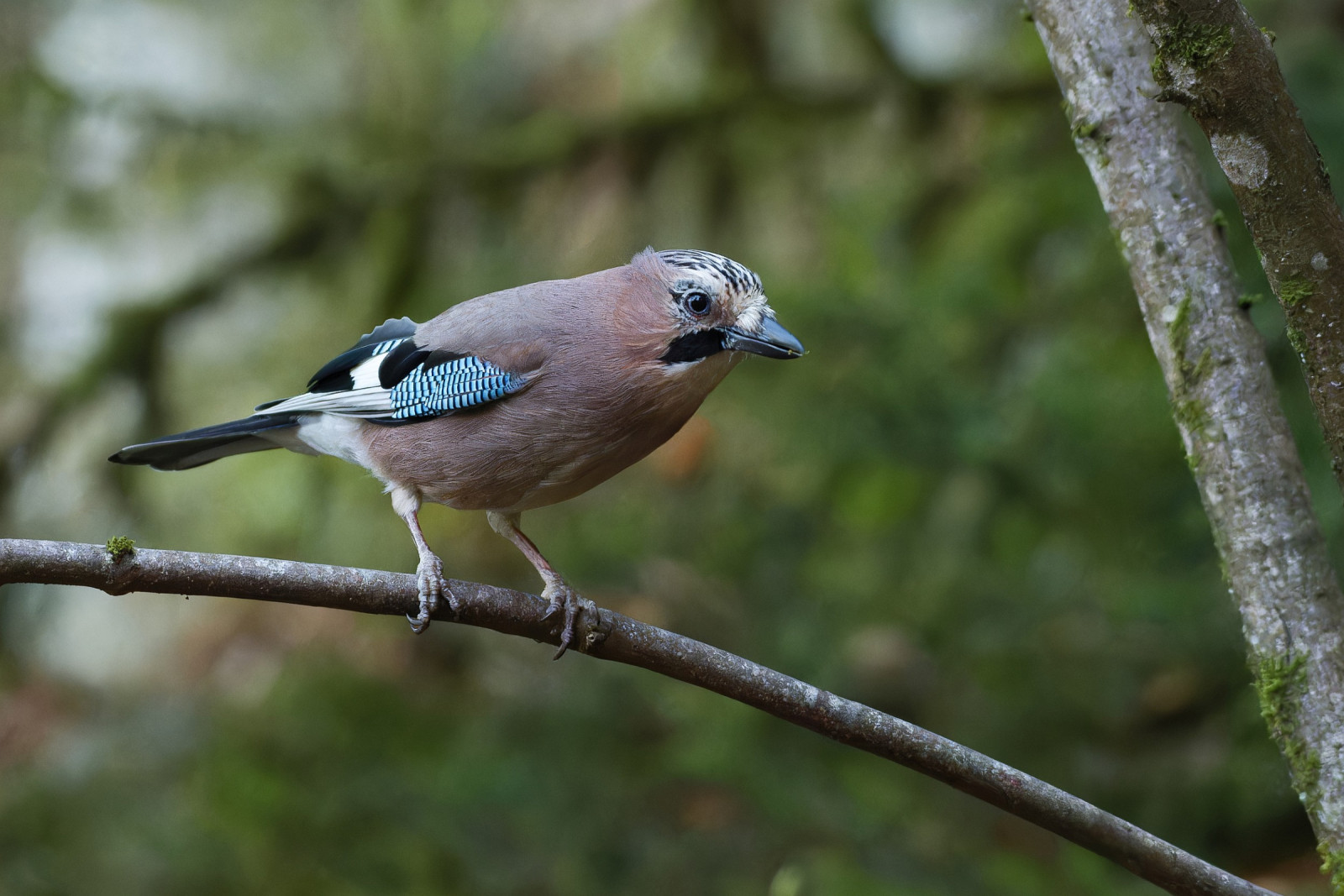Beschreibung
The Triberger Wasserfälle is a forest area that connects to the town of Triberg im Schwarzwald. Triberg is known for its thousand cuckoo clocks, including the largest cuckoo clock in the world. The waterfall, which starts above the town with a drop height of 163 meters and flows into the tourist center of Triberg, is the highest waterfall in Germany. Paved and unpaved paths have been laid out in the forest, making the area easily accessible. Due to the height differences it is less suitable for the disabled. Visitors to the waterfall feed the abundant squirrels peanuts, some of which are so tame that they will eat from your hand. The Tannenhäher makes clever use of this by claiming his share of the peanuts. As a result, the birds have lost their shyness and can be viewed from a distance of approximately 5 meters.
More than 60 different bird species have been recorded in the forest, with forest birds in particular being well represented. Common birds you can encounter are Eichelhäher, Elster, Rabenkrähe, Tannenmeise, Kohlmeise, Blaumeise, Haubenmeise, Sumpfmeise, Kleiber, Wintergoldhähnchen and Wasseramsel. With a bit of luck you can also observe Rotmilan, Mäusebussard and Kolkrabe.
Details
Zugang
The Triberger Wasserfälle is located in the town of Triberg im Schwarzwald. The area is only accessible on foot, partly on wide paved paths, partly on narrow unpaved paths. There are several entrances with good parking facilities (see map). Click on a P in the map for directions.
A small entrance fee is charged at the entrances to the area. This finances the good infrastructure (paved paths, bridges, lookouts, signage). Because the area is connected to the tourist town of Triberg, it can be very busy in the lower part of the forest on weekends, especially when the weather is nice.
Terrain und Habitat
Wald , Berg , FlussBedingungen
Gebirgig , SumpfigRundweg
JaIst ein Spektiv nützlich?
NeinGute Beobachtungszeit
GanzjährigBeste Beobachtungszeit
WinterRoute
asphaltierte Straße , Normaler Weg , unbefestigte Straße , Schmaler PfadSchwierigkeitsgrad der Tour
Schwierig/anstrengendErreichbarkeit
zu FußBeobachtungshütten oder -türme
NeinZusätzliche Informationen
Photo Triberger Wasserfälle by Meganp, CC BY-SA 4.0, https://creativecommons.org/licenses/by-sa/4.0, via Wikimedia Commons


